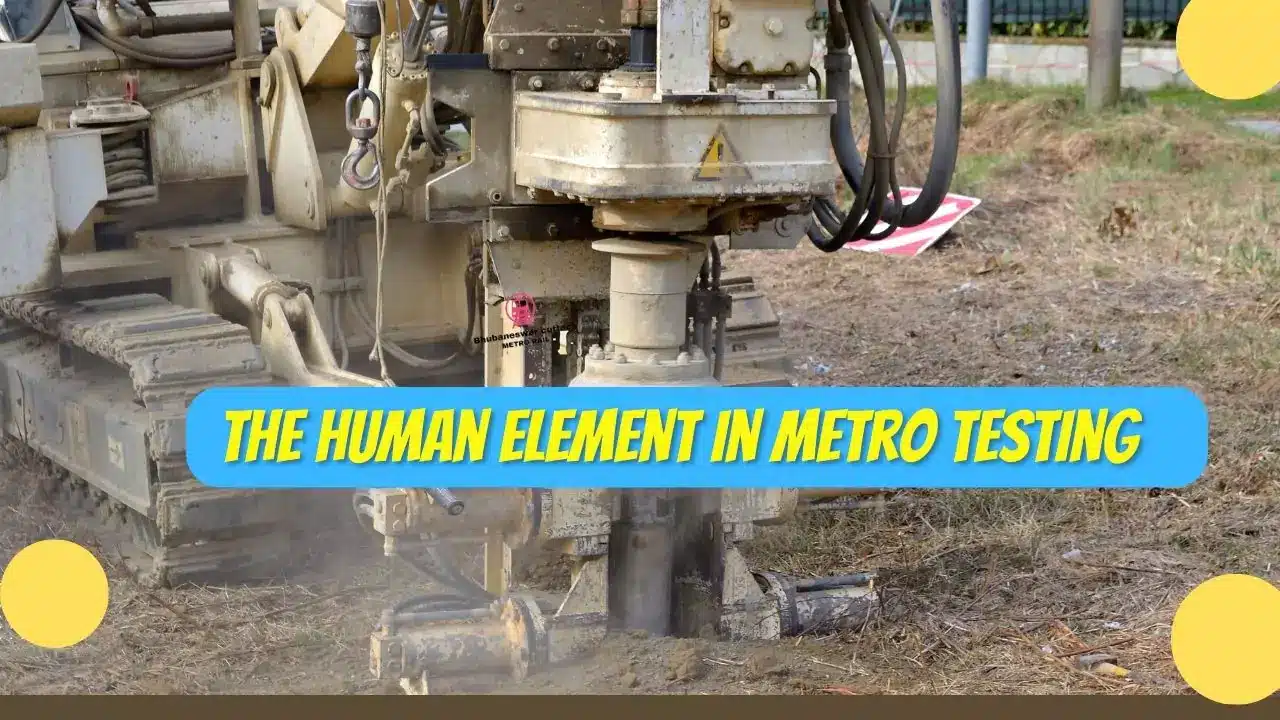Understanding Metro Testing: Ensuring Safe and Efficient Travel
Metro testing stands as a crucial phase in the development and maintenance of metro systems worldwide. From bustling city centers to sprawling urban landscapes, these intricate networks serve as lifelines, ferrying millions of people daily. The evaluation and validation of these systems become imperative to ensure seamless and safe travel experiences.
What Does Metro Testing Encompass?
Metro testing encompasses a range of assessments and evaluations aimed at guaranteeing the overall efficiency, safety, and reliability of metro systems. Key elements include:
Components of Metro Testing:
- Safety Protocols Testing: Rigorous checks to ensure compliance with safety standards and protocols.
- Operational Efficiency Testing: Assessments focused on optimizing train schedules, signaling systems, and overall operations.
- Infrastructure Integrity Testing: Evaluation of tracks, tunnels, stations, and other physical infrastructure to detect and rectify any issues.
- Emergency Response Testing: Simulated scenarios to evaluate the preparedness and effectiveness of emergency response procedures.
- Passenger Experience Testing: Assessments aimed at enhancing passenger comfort, accessibility, and convenience.
- Track and Infrastructure Assessment: Evaluating the condition of tracks, switches, electrification systems, and tunnels to ensure they meet safety and operational standards.
- Train Performance Testing: Assessing the functionality of trains, including their acceleration, braking systems, and emergency protocols, to ensure passenger safety and efficient operations.
- Signal and Communication Checks: Verifying the effectiveness of communication between trains, control centers, and signaling systems to prevent potential accidents and ensure efficient coordination.
- Safety Protocols Evaluation: Ensuring that emergency procedures, passenger safety measures, and evacuation protocols are in place and functional.

The Human Element in Metro Testing
While technology plays a crucial role, the human touch remains indispensable in Metro Test.
Skilled technicians, engineers, and inspectors bring their expertise, intuition, and adaptability to the testing process.
- Observation and Problem-solving: Human expertise enables the detection of subtle irregularities and aids in swift problem-solving when unexpected challenges arise during testing.
- Adaptability and Insight: Skilled professionals adapt methodologies based on unique scenarios, enhancing the accuracy of testing and ensuring comprehensive evaluations.
Challenges and Innovations
- Complexity: The intricate nature of metropolitan rail systems poses challenges in conducting thorough testing without disrupting the daily operations of the metro.
- Downtime Management: Balancing the need for testing with the operational hours of a bustling metro network is a continual challenge that requires strategic planning.
Innovations in Metro Test continually evolve to overcome these challenges:
- AI Integration: Artificial intelligence plays a significant role in predictive maintenance, optimizing testing schedules, and improving the efficiency of assessments.
- Advanced Sensors: Cutting-edge sensors enhance real-time monitoring, allowing for more accurate and timely detection of issues within the metro system.
FAQs about Metro Testing
1. Why is Metro Testing Crucial?
Metro testing ensures that these intricate transportation systems operate reliably, minimizing risks and ensuring passenger safety.
2. How Long Does Metro Testing Typically Take?
The duration of the metro test varies based on the complexity of the system and the scope of assessments required. Testing can range from several weeks to months.
3. Are there Different Types of Metro Testing?
Yes, metro testing encompasses various types, including safety evaluations, operational tests, infrastructure assessments, and passenger experience evaluations.
4. Who Conducts Metro Testing?
Typically conducted by specialized teams comprising engineers, technicians, and safety experts trained in assessing and validating metro systems.
Conclusion
Metro testing is a pivotal phase in the lifecycle of metro systems, ensuring their safety, efficiency, and reliability. By undergoing meticulous evaluations and assessments, these transportation networks can continue to serve as vital arteries in urban landscapes, offering commuters safe and efficient travel experiences.
The continuous evolution and enhancement of metro test methodologies play a significant role in shaping the future of urban transportation, promising safer and more efficient journeys for all.

